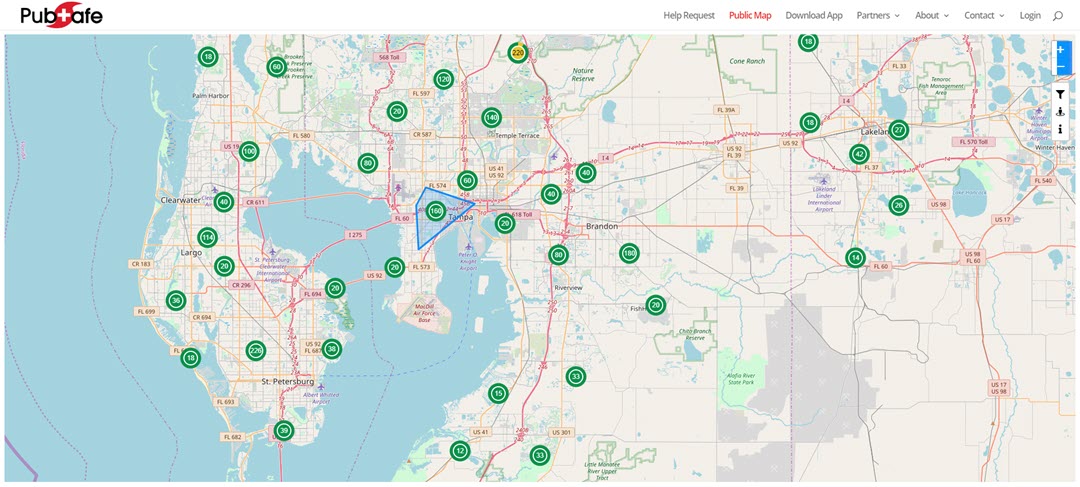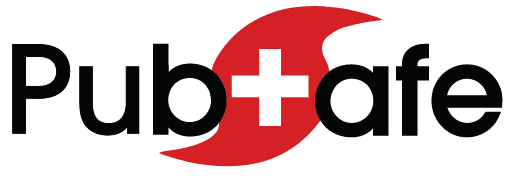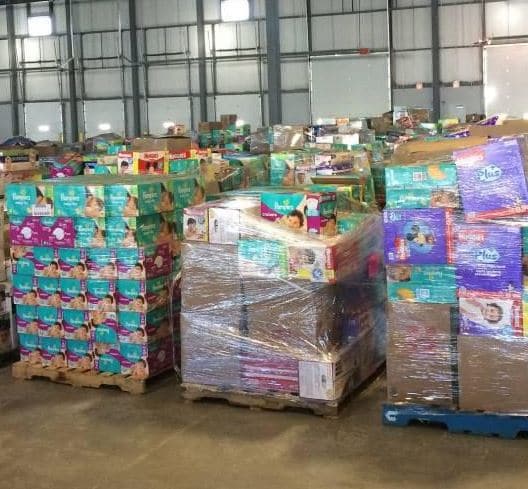Winter Storms
Rapid Volunteer Response & Data Sharing
Hurricanes, Earthquakes, Tornados, Tsunamis, Wildfires and Floods

Under Construction
Winter Storms
There is no doubt about the importance of corporate partners in a large scale disaster. Corporations bring resources to the market which prevent loss of life and reduce suffering in the aftermath. The hurricane season of 2017 highlighted this relationship between corporations, the Government and the people.
Reputations and customer loyalty of both profit and non-profit corporations can easily be made or lost during a time of crisis. The response during the recent disasters in Houston, Puerto Rico, Keys and others was exceptional. Understanding where, when and how to respond in a disaster increases efficiency, public perception and extends the reach of available funds.

Cross Organization Coordination
Whether the Red Cross, a local church or a business donating food, non-profits can be more efficient and have a greater impact by using the publicly available app and website. Visualizing the areas in need and the type of requests from those areas, significantly improves the ability to get assistance to the people. The flexibility of being able to add locations or aid stations to the map on the fly and get “the word” out to people in the area provides significant efficiencies. Response times can be reduced even with the absence of information during times of chaos.
On a large scale, organization such as the Red Cross can study past events in relation to logistics planning. The process is relatively similar to that which the government would go through. Understanding quantities, types and movement of supplies is the difference between an effective response and an inefficient one.
Data collected related to non-profits
- Requests for water, food and clothing
- Location of request in real-time
- Quantity of requests in relation to location of supplies available
- Transportation limitations such as flooded roads, snow blocked passages or down power lines
- Situational awareness in relation to government response
For Profit Corporate Partners
There is nothing wrong with getting paid for products and services surrounding a disaster. Companies require revenue to be viable during times of extreme events. Corporate donations and generosity
There are significant financial, customer loyalty and brand awareness opportunities available from a


